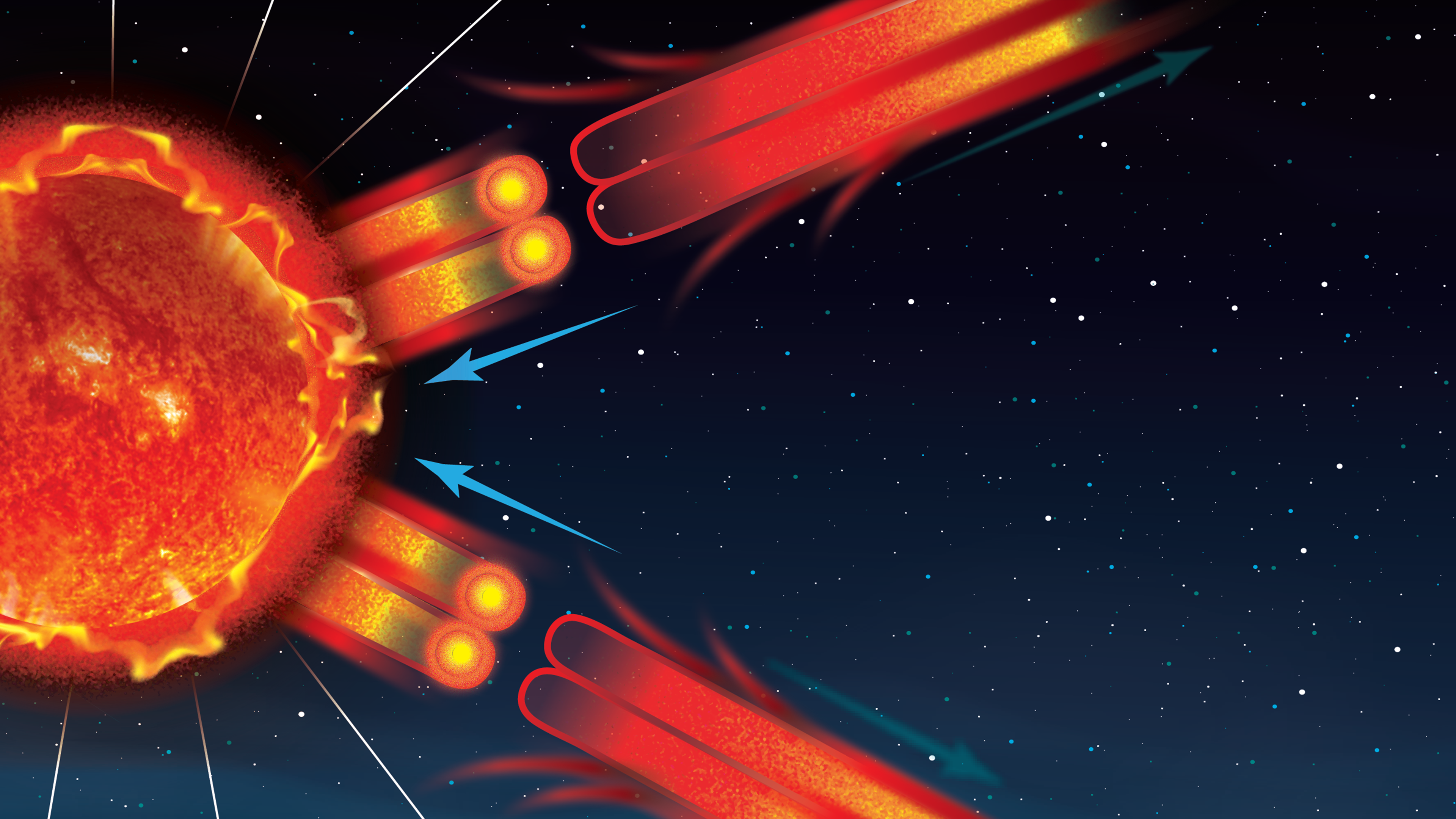Location: Lisbon, Portugal
What do you study?
I started to collaborate through Zooniverse, the only citizen science platform I use, in 2017. So far I have been active in the “Planet Four: Terrains” and “Planet Four: Ridges” projects. Looking at those images and interacting with the research team and other fellow citizen scientists has increased my knowledge of geology in general, and areology (the scientific study of the planet Mars) in particular. I had studied a bit of geology in high school, and found it an interesting subject (though physics and mathematics were my top interests), so this collaboration allows me to revisit that.
Why do you do citizen science?
The history of science, of astronomy in particular, is full of examples of people patiently and meticulously gathering data for long periods of time until a great scientist uses it to make a big discovery. Imagine (Johannes) Kepler trying to find his laws without Tycho Brahe's data! Although my formal education could have enabled me to pursue a career in science, it didn't happen. Now that I'm retired I can still get close to doing science by gathering data and, hopefully, help enhance humanity's body of knowledge. This is the reason I collaborate through Zooniverse.
What’s your day job?
From a very early age, I liked math and physics. I went to university to study electrical engineering — and then I met computers and my wife-to-be, and my life changed completely. I went to IBM and did customer support, and then got into technical consulting. I’m 64 now. I’m retired. All of a sudden, I have time to do stuff I really wanted to do but never had time for before.
What is your favorite contribution?
As a side project to the “Planet Four: Ridges” project, another volunteer, Sylvia Beer, conducted an extended search for polygonal ridges all over Mars. She needed help in order to format and present those data in an easy-to-use way. I processed the data and created distribution files as well as a KML file that makes it easy to visualize using Google Earth. My other favorite contribution is that I was the first to point out that a variety of polygonal ridge networks called “Nili-type” are located on lower geologic units — which are also older — than ridge networks called “Meridiani-type” when they are seen together. Laura Kerber, who runs “Planet Four: Ridges,” says this relationship is important, and we are still studying it.

































